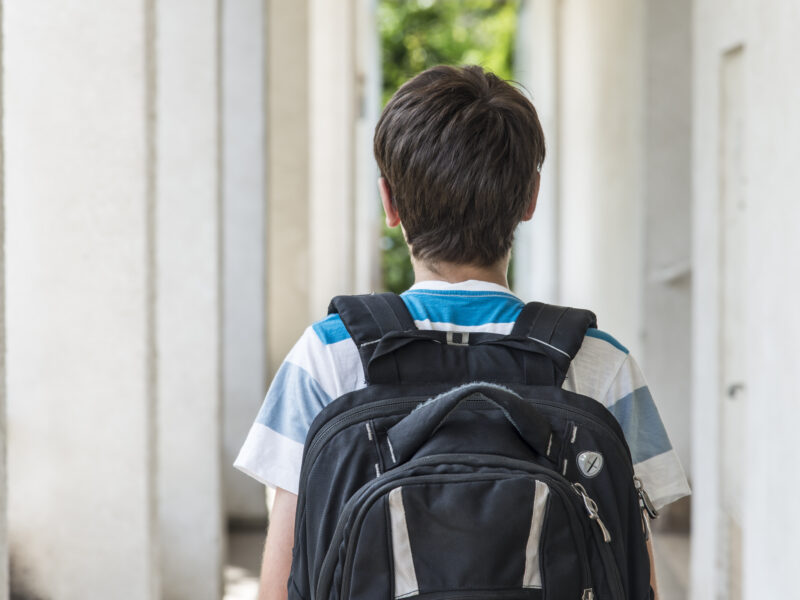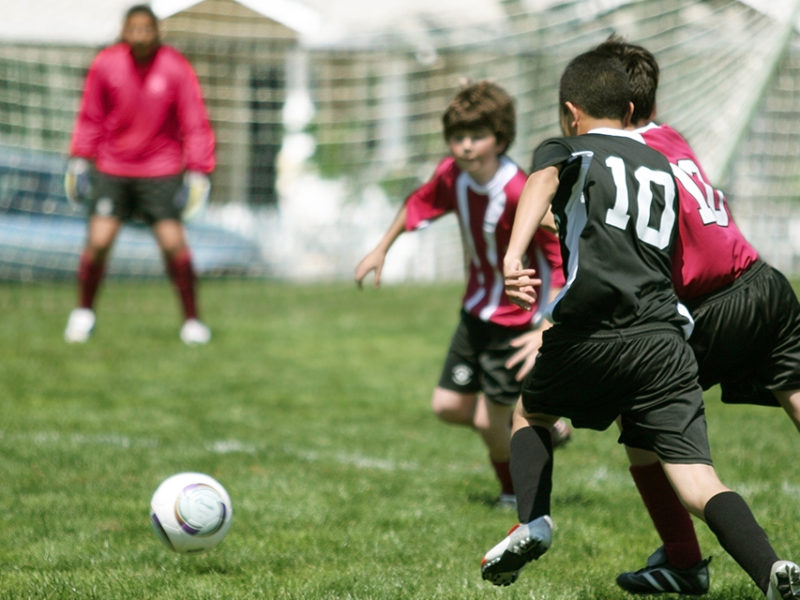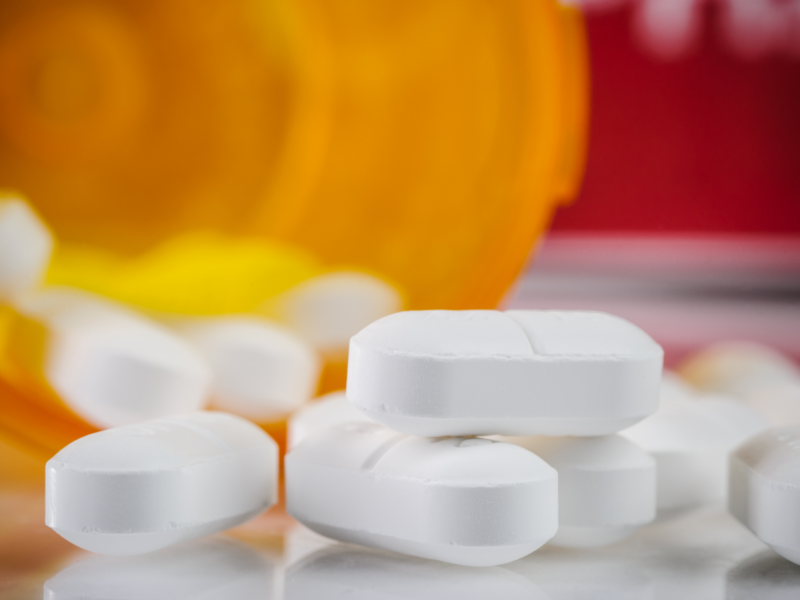Youth Suicide and Attempted Suicide Reported to Poison Control Centers Increased During the COVID-19 Pandemic
Youth Suicide and Attempted Suicide Reported to Poison Control Centers Increased During the COVID-19 Pandemic https://pediatricsnationwide.org/wp-content/themes/corpus/images/empty/thumbnail.jpg 150 150 Laura Dattner Laura Dattner https://pediatricsnationwide.org/wp-content/uploads/2023/03/LauraDattner-web-002.jpg- April 04, 2023
- Laura Dattner
A recent study evaluated trends of suspected suicides and suicide attempts among children 6-19 years old reported to United States poison centers.
A recent study published in Journal of Medical Toxicology from the Center for Injury Research and Policy and Central Ohio Poison Center at Nationwide Children’s Hospital found that the annual number of cases of suspected suicides and suicide attempts increased by 4.5% among children 6-19 years old during March 2020 through February 2021 compared with the average annual number during the previous three pre-pandemic years. This increase occurred despite a 6.3% decrease in the total number of poisoning cases reported to U.S. poison centers during the pandemic period involving individuals 6-19 years old.
Most (94.1%) suspected suicides and suicide attempts involved teenagers 13-19 years old, peaking at ages 15-16 years during both the pre-pandemic and pandemic periods with an observed shift in the age distribution toward younger age during the pandemic period.
The reason for this shift during the pandemic toward younger individuals is unknown and deserves further research, the authors say in the publication.
During the initial three months of the pandemic period, there was a decrease in cases resulting in 11,876 fewer cases than expected from March 2020 to February 2021 based on interrupted time series analysis.
The temporal trends of suspected suicides and nonfatal suicide attempts observed during the first year of the pandemic in this study should be considered as representing two phases, the authors say in the publication. During the first phase, there was a greater than expected decrease in the number of suspected suicides and nonfatal suicide attempts during the initial three months of the pandemic, which coincided with the timing of the typical annual decline in these cases being reported to US poison centers; however, the decrease occurred earlier (April rather than June) and persisted longer than expected.
“The observed initial greater-than-expected decrease in suspected suicides and suicide attempts may be attributable to increased family contact, openness about feelings, and overall social cohesion as people came together and supported each other during the initial phase of a crisis,” says Gary Smith, MD, DrPH, senior author of the study and director of the Center for Injury Research and Policy at Nationwide Children’s.
The second phase of the observed trend in this study represented an increase in the number of suspected suicides and suicide attempts reported to U.S. poison centers during the remainder of the first year of the pandemic.
“The overall increase in this study is consistent with research that reported an increase in the proportion of adolescents screening positive for depressive symptoms and suicidal risk and an increase in the number of emergency department visits and pediatric intensive care unit admissions for suspected suicide attempts among adolescents during the COVID-19 pandemic,” says Marcel Casavant, MD, co-author and medical director of the Central Ohio Poison Center.
Researchers note that possible explanations for the observed increase in suspected poison-related youth suicides and suicide attempts during the second phase of the pandemic include increasing social isolation and reduced community support, family stress, heightened depression, anxiety and uncertainty, loss of routines and opportunities, economic stress, trauma and loss, increased substance use, and reduced access to mental health services and health care.
“Recognizing the biphasic temporal trend in this pandemic may help guide an appropriate public health response to similar future crises,” says Dr. Smith. “Pre-crisis planning and development of an improved system of mental health policies, infrastructure and services are needed, which can then be followed by early initiation of evidence-based interventions (even if initial suicide numbers appear to be decreasing) in the home and community that target risk and resilience factors for suicide among youth in the event of a similar future crisis.”
The average monthly and average daily number of suspected suicides and suicide attempts among children 6-12 years old and 13-19 years old were higher during school months than non-school months and weekdays than weekends during both the pre-pandemic and pandemic periods. The reasons why these patterns persisted during the pandemic, when many schools were closed and learning was conducted virtually, could not be determined by this study but may indicate that the academic and social pressures of school persisted regardless of whether school was conducted in-person or virtually.
“In summary,” says Dr. Casavant, “there was a greater than expected decrease in the number of suspected suicides and suicide attempts among children 6-19 years old reported to U.S. poison centers during the early pandemic months, followed by an increase in cases. Recognizing these patterns can help guide an appropriate public health response to similar future crises.”
If you ever have immediate/urgent concerns about your safety or the safety of anyone else, call 911.
If you or a loved one is experiencing a mental health crisis, call 988 to reach the National Suicide Prevention Lifeline.
Reference:
Ciccotti HR, Spiller HA, Casavant MJ, Kistamgari S, Funk AR, Smith GA. Pediatric Suspected Suicides and Nonfatal Suicide Attempts Reported to United States Poison Control Centers Before and During the COVID-19 Pandemic. Journal of Medical Toxicology. 2023 March 6. [Epub ahead of print]
About the author
Laura Dattner, MA, is a research writer in the Center for Injury Research and Policy of the Abigail Wexner Research Institute at Nationwide Children’s Hospital. With both a health communications and public health background, she works to translate pediatric injury research into meaningful, accurate messages which motivate readers to make positive behavior changes.
-
Laura Dattnerhttps://pediatricsnationwide.org/author/laura-dattner/
-
Laura Dattnerhttps://pediatricsnationwide.org/author/laura-dattner/April 4, 2019
-
Laura Dattnerhttps://pediatricsnationwide.org/author/laura-dattner/
-
Laura Dattnerhttps://pediatricsnationwide.org/author/laura-dattner/









